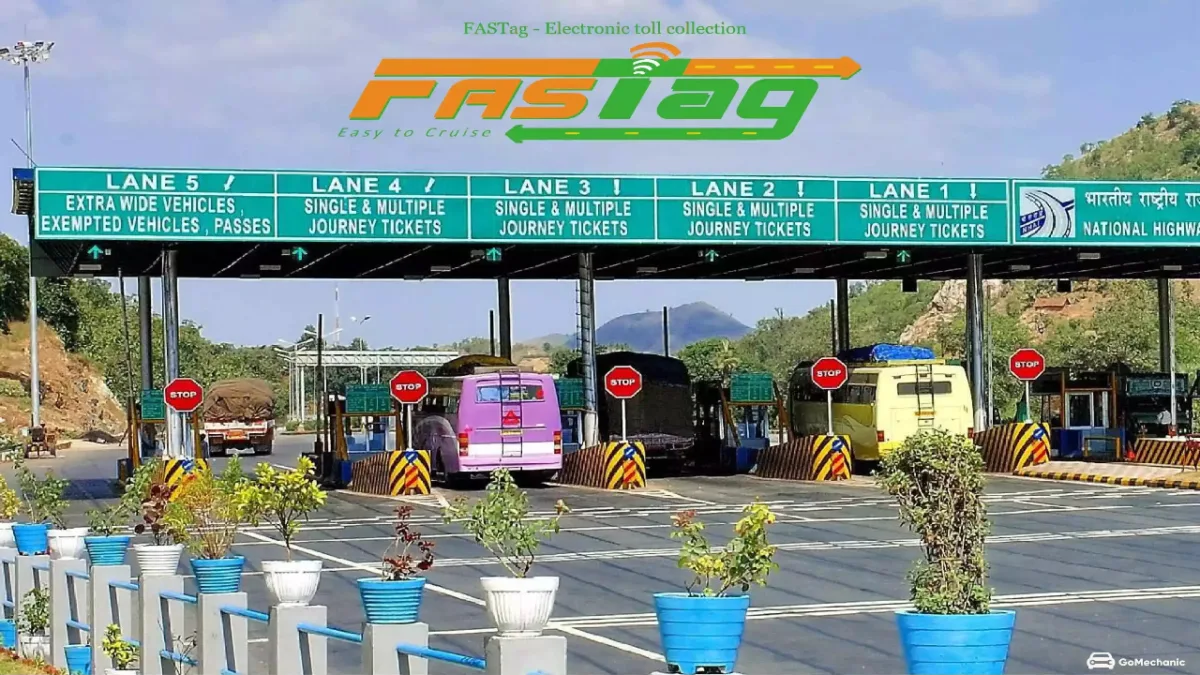RBI New Rule on FASTag Recharge: The Reserve Bank of India has implemented a new rule that prohibits all banks from issuing pre-debit notifications for the auto-replenishment of certain services, including FASTag and National Common Mobility Card (NCMC). In addition, RBI has included FASTag and the National Common Mobility Card (NCMC) in the e-mandate framework.
As soon as the amount falls below the set limit, these payment systems automatically add money to the customer’s account. This means that now FASTag users will not need to recharge it again and again. Customers will no longer have to deal with the hassle of recharging FASTag. In 2019, we created the e-mandate framework.
In the circular, what did the RBI say?
In a circular, the Reserve Bank of India stated that auto-replenishment of balance in FASTag and NCMC occurs when the balance falls below the customer-set limit. It will now be part of the existing e-mandate framework. These transactions, which are recurring but irregular in timing, will be exempt from the usual requirement of sending pre-debit notifications to customers 24 hours before the actual charge.
Why was the FASTag e-mandate framework introduced?
Since 2019, several circulars have introduced the e-mandate framework to protect customers by providing them with advance notice of upcoming debits from their accounts. In its most recent update, the RBI has recognized the importance of accommodating the need for flexibility, especially in situations where transactions are regular and essential for the smooth operation of services such as toll payments and topping up mobility cards.
What was in the 2019 RBI circular?
In 2019, the RBI stated that, as a risk mitigation and customer convenience measure, the issuer shall send a pre-transaction notification to the cardholder at least 24 hours prior to the actual charge or debit on the card. Upon registering the e-mandate on the card, the issuer will provide the cardholder with the option to select a pre-transaction notification mode (SMS, email, etc.) in a clear, unambiguous, and understandable language. Additionally, the cardholder will have the option to switch the pre-transaction notification mode.
